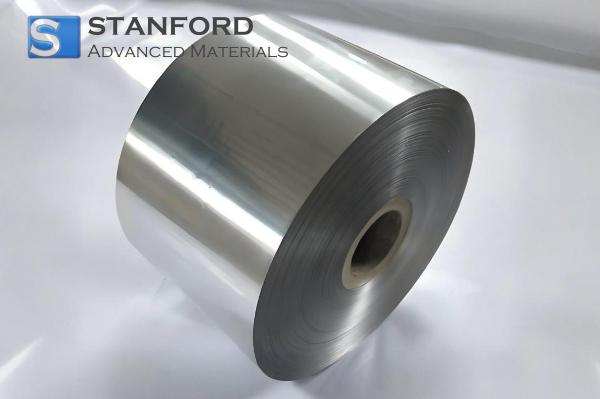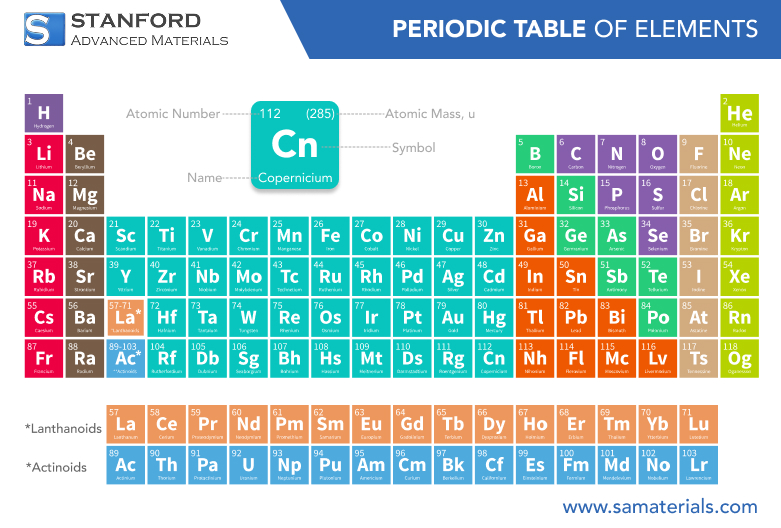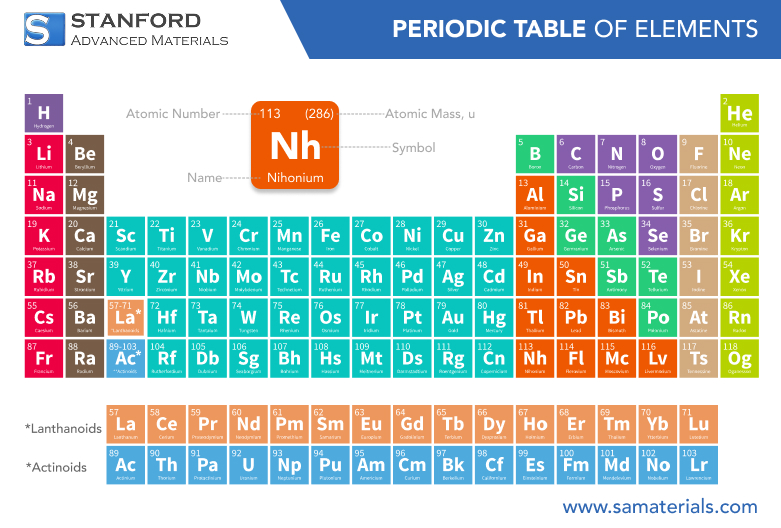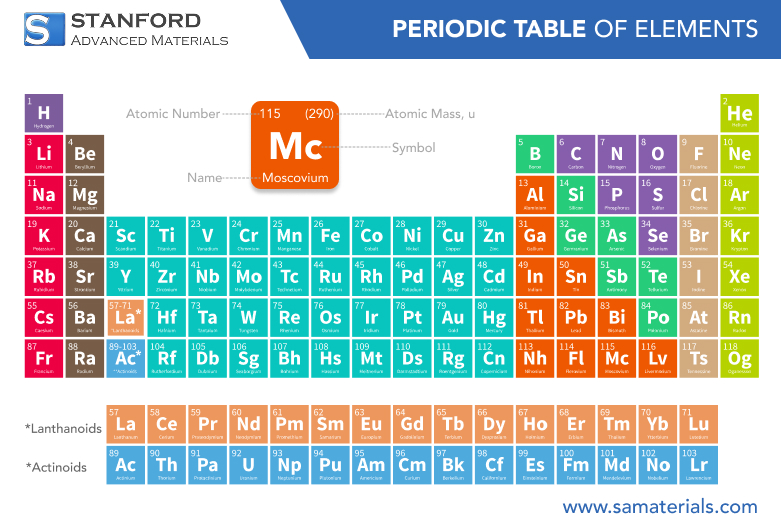Flerovium: Element Properties and Uses
Description
Flerovium is a superheavy synthetic element with rare chemical and physical properties, critical in scientific research and emerging industrial applications.
Introduction to the Element
Flerovium is a superheavy element with the atomic number 114, first synthesized in particle accelerators. This element is a product of nuclear fusion reactions and is known only through brief experimental observations due to its extremely short half-life. For more information, please check Stanford Advanced Materials (SAM).
Chemical Properties Description
Flerovium exhibits unique chemical properties that have intrigued scientists worldwide. These chemical properties are primarily based on theoretical predictions and limited experimental data. Due to strong relativistic effects affecting its electron orbitals, Flerovium is expected to show lower reactivity compared to lighter elements in its group. Its potential oxidation states are thought to be +2 and +4, but the exact nature of its compounds remains uncertain because of the challenges in performing chemical experiments with an element that exists only for a few seconds.
Common Uses
Due to its extreme instability and limited production, Flerovium does not have any common uses in everyday industry or consumer products. Its primary application is in scientific research, where it is used to test and refine nuclear theories and models. Researchers synthesize Flerovium in specialized laboratories to gain a deeper understanding of superheavy elements and the underlying forces at work in the atomic nucleus.
Preparation Methods
The preparation methods for Flerovium are highly specialized and involve advanced nuclear physics techniques. Typically, Flerovium is synthesized by bombarding heavy target nuclei with accelerated ions in a particle accelerator. For example, a common method involves using a target made from a heavy element such as plutonium or lead and irradiating it with ions like calcium. These controlled nuclear reactions allow for the creation of superheavy elements, including Flerovium, albeit in extremely minute quantities and with fleeting existence.
Frequently Asked Questions
What is Flerovium?
Flerovium is a synthetic superheavy element with atomic number 114, produced in
particle accelerators and known for its extremely short half-life.
How is Flerovium synthesized?
Flerovium is prepared using heavy ion collisions, where a target nucleus is
bombarded with accelerated ions in a controlled nuclear reaction.
What are the predicted chemical properties of Flerovium?
Theoretical models suggest that Flerovium may exhibit low reactivity and
possess oxidation states of +2 and +4, largely due to strong relativistic
effects on its electrons.
Why is Flerovium important for scientific research?
Studying Flerovium helps refine nuclear theories and enhances our understanding
of superheavy elements, thereby contributing to advancements in nuclear physics
and materials science.
Are there any industrial applications of Flerovium?
Direct industrial uses of Flerovium are currently nonexistent; however, the
techniques developed to synthesize and study it have led to improvements in
nuclear instrumentation and related industrial products.







